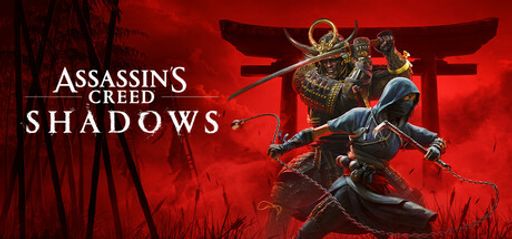I recently spent over 100 hours in feudal Japan, exploring every corner of Assassin’s Creed Shadows. As a dedicated completionist, I leave nothing out. While the game offers stunning visuals and engaging exploration, it suffers from inconsistency in its story, gameplay, and characters.
Overall Impression
From my first steps, the graphics grabbed my attention. Ubisoft Québec built a beautiful open world that captures feudal Japan’s chaos. Every part of the map shows careful detail—grass swaying in the wind, water freezing in winter. I often paused just to take it in. Compared to other action-adventure games, this level of atmosphere really stands out. Yet, repeating the same environmental elements over and over can pull you out of the experience.
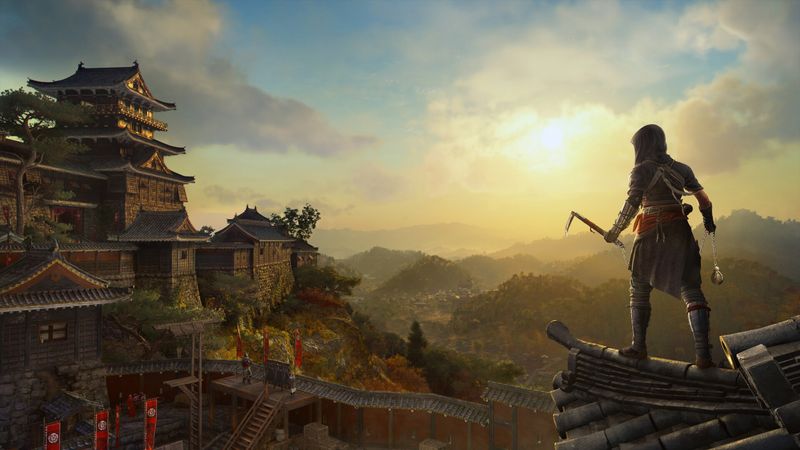
Gameplay Mechanics
There’s a lot to praise and some to critique in the gameplay. Switching between a deadly shinobi assassin and a legendary samurai creates a fresh dual experience. Stealth and combat balance well, and controls feel smooth and responsive. Upgrading gear and trying new weapon mixes add creative freedom. Still, after long sessions, combat and exploration can feel repetitive. Enemy fights often replay the same patterns, which can frustrate someone chasing every achievement.
Story and Characters
The story starts strong but then loses steam. Early chapters show a clear narrative voice and rich world-building that drew me in. But as the plot moves on, the characters fade into the background. You play as Naoe and Yasuke, yet neither gets fully developed. Naoe’s arc keeps some intrigue, but Yasuke feels overhyped without depth. Dialogue often feels forced, and voice acting tries too hard to blend modern and traditional styles. Mixing cyberpunk-like music with classic Japanese themes can pull you out of key moments.
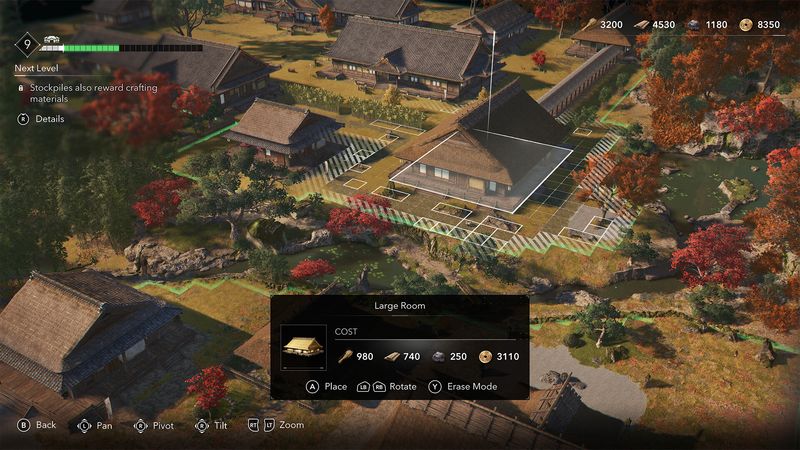
Player Experience
I devoted considerable time to the game’s side activities, which is something I take pride in as a completionist. The side quests and collectibles are plentiful, giving you ample material to engage with beyond the main storyline. However, many of these activities quickly lose their appeal due to their redundant nature. Shrine clappings, in particular, became a monotonous ritual rather than an enriching diversion. I appreciate that Ubisoft has attempted to weave RPG elements into the experience, but the execution falls short of the innovation one might expect. These grindy elements and repeated tasks became a chore once the initial thrill waned.
The combat system is another area where Assassin’s Creed Shadows shows both innovation and stagnation. I enjoyed the fluidity of the assassin’s stealth approaches and the visceral satisfaction of puzzling out each boss fight. Sadly, the challenge diminishes as NPC behaviors and enemy moves become too predictable. Although there are occasional moments of excitement, these are hampered by the fact that similar enemy archetypes repeat throughout the game. The combat quickly loses its edge, undermining the excitement that should ideally accompany a legendary samurai’s journey.
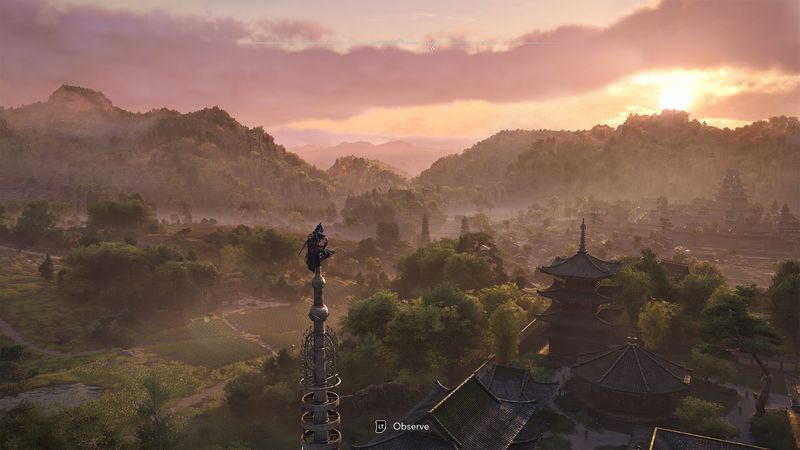
Sound and Music
Sound and music, while thoughtfully composed, sometimes miss the mark with their contextual application. I have a deep appreciation for immersive audio design, and I must commend the soundtrack’s quality. The environmental audio cues and background harmonies enhance the game’s overall atmosphere. Nonetheless, mismatched musical choices during critical combat or narrative moments can jolt you out of the immersion. I found a particular dissonance when the game introduced music with cyberpunk overtones during supposedly serious samurai conflicts. This clash detracted from the otherwise evocative sound design efforts.
Difficulty and Replayability
Difficulty and replayability are two core aspects to assess in any game I invest in. Assassin’s Creed Shadows offers what might best be described as an “entry-level challenge” for those familiar with the franchise. The game is accessible and encourages casual exploration, but hardcore players like myself may find the difficulty settings lacking in depth. The simplistic AI behavior throughout battles further reinforces this notion. Although the world is vast and encourages further exploration with numerous side quests and collectibles, the formulaic gameplay can weaken overall replayability. In my many hours invested in search of every collectible and hidden secret, I sometimes wished for a more varied challenge.
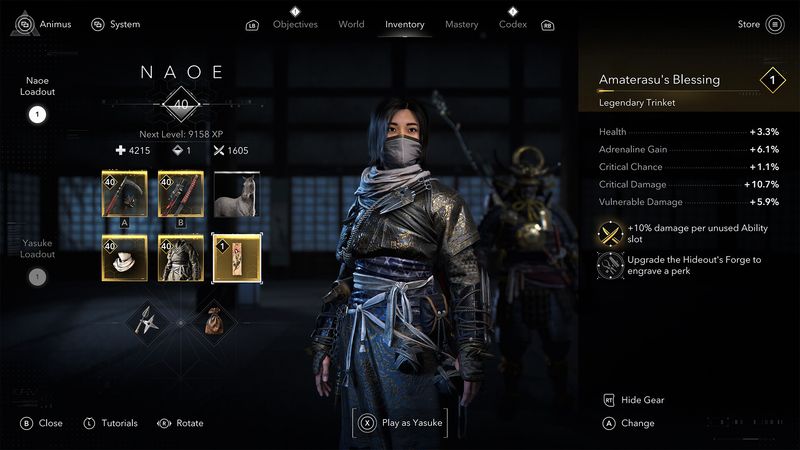
Behind-The-Scenes
Ubisoft Quebec has a storied history of refining the mechanics for open world titles. With Assassin’s Creed Shadows, it feels like they tried to recapture the magic of earlier successes. However, in their attempt to integrate expansive RPG elements into the beloved Assassin’s Creed formula, the developers may have overreached. They fused the aesthetic and artistic innovation of traditional Japanese art with the modern expectations of an action-adventure game. This ambition, while noble, produced a game that is as inconsistent as it is beautiful.
Conclusion
Assassin’s Creed Shadows remains an intriguing adventure with breathtaking visuals and fluid combat at its peak moments. However, the repetition in gameplay, lackluster character development, and a narrative that fails to sustain its initial promise detract from the overall package. As a completionist, I value the abundance of side quests and collectibles, yet these must compensate for the narrative and gameplay shortcomings, which they do only partially.
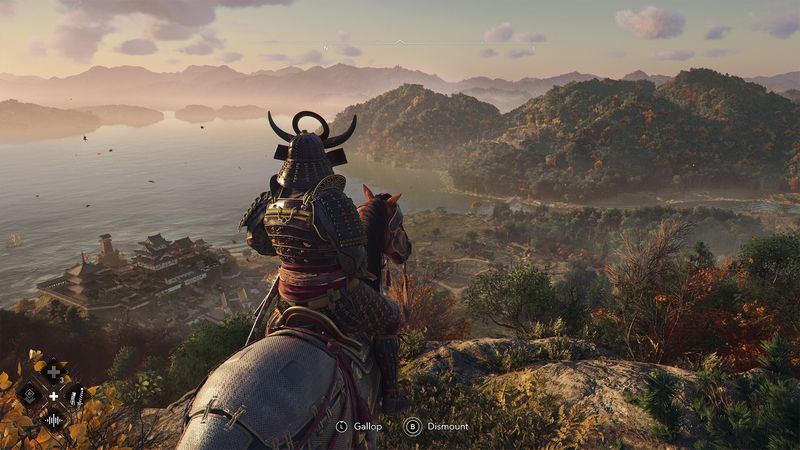
I award Assassin’s Creed Shadows 3.5 out of 5 stars. For fans of the series or newcomers enchanted by feudal Japan and visually stunning landscapes, this game is worth a look. However, be prepared for a journey that wavers between brilliance and monotony. I remain hopeful that future Ubisoft titles will learn from these shortcomings and deliver an even more refined experience.

